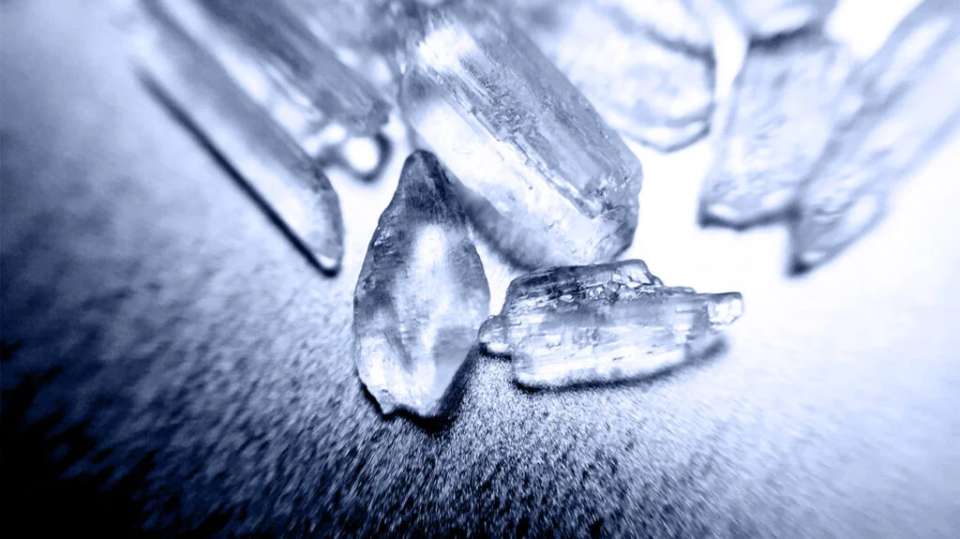Crystal Meth
Methamphetamine, most often referred to as “meth,” is a powerful stimulant that may quickly become addictive. This implies that those who use meth get a euphoric and stimulating high, which may develop into tolerance and addiction. Clinically, crystal meth addiction is classified under stimulant use disorder. This diagnosis is made when a person’s meth abuse has become so problematic that it interferes with their daily functioning. If you or someone you care about is struggling with meth abuse, keep reading to discover more facts regarding crystal meth addiction.
What Effects Does Crystal Meth Have on The Brain?
Crystal meth causes the brain to release a flood of dopamine. Dopamine is a neurotransmitter that stimulates movement, pleasure, and motivation. It’s highly reinforcing, too, so it encourages someone to keep doing things they like doing, like taking meth. It’s easy to see why meth has such a strong addictive potential. Chronic meth abuse has been associated with causing changes to the brain’s dopamine system.
Meth Addiction
Meth is commonly found as a white powder, a pill compressed from powder or a clear crystal. Meth has a high dependency rate because to the fact that it produces both euphoria and a significant boost in energy. It was not until the late 19th century that amphetamines were first synthesized in a lab. In the early 20th century, they were often used to treat respiratory conditions, including allergies, asthma, and the common cold in the United States. Methamphetamine was developed in the 20th century, but its effects were largely unknown until World War II when troops extensively used it to combat exhaustion. Although some of its early applications may have been relatively harmless, meth is now widely recognized as a very harmful. The following are some possible explanations:
- The drug has several delivery modalities including snorting, smoking, and intravenous usage.
- Cardiovascular disease/stroke danger.
- Severe liver and kidney damage.
- Risk of an overdose.
- Experiencing of withdrawal symptoms after quitting.
What Should I Do If Someone I Care About Exhibits Symptoms of Meth Addiction?
Are you concerned about a loved one’s crystal meth use? Try bringing up the issue gently and encouraging them to seek professional assistance. Besides, refrain from passing judgment or using coercion to get them to get help. The SAMHSA National Helpline can also help you in connecting your loved one with treatment services and professionals. You may also propose that they join one of these self-help groups:
- Narcotics Anonymous.
- Smart Recovery.
- Crystal Meth Anonymous.
Tips on Interacting with a Person Struggling with Crystal Meth Addiction.
- Keep your cool, show some compassion, and try not to shame or blame them for their meth abuse.
- Advice on how they can be assisted by professional treatment centers.
- Keep your language open and focused on them.
If someone you care about has a meth addiction, you can assist them by
- Nudging them toward professional intervention.
- Listing available services, including counseling and support groups for them.
- Proposing to help them set up an appointment or find a local self-help group to join.
Receive The Best Crystal Meth Addiction Care at Mallard Lake Detox Center in Houston.
Get in touch with Mallard Lake Detox Center to learn more about the levels of care that we offer for crystal meth addiction. Our admissions staff is standing by to help you take the first step away from crystal meth and towards a healthier, happier life.

